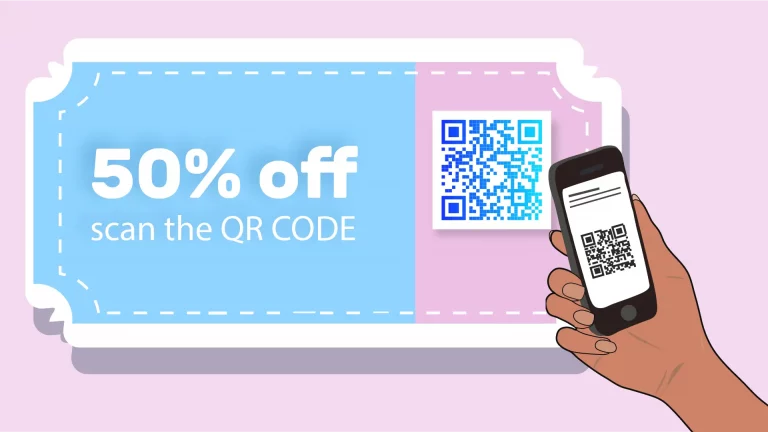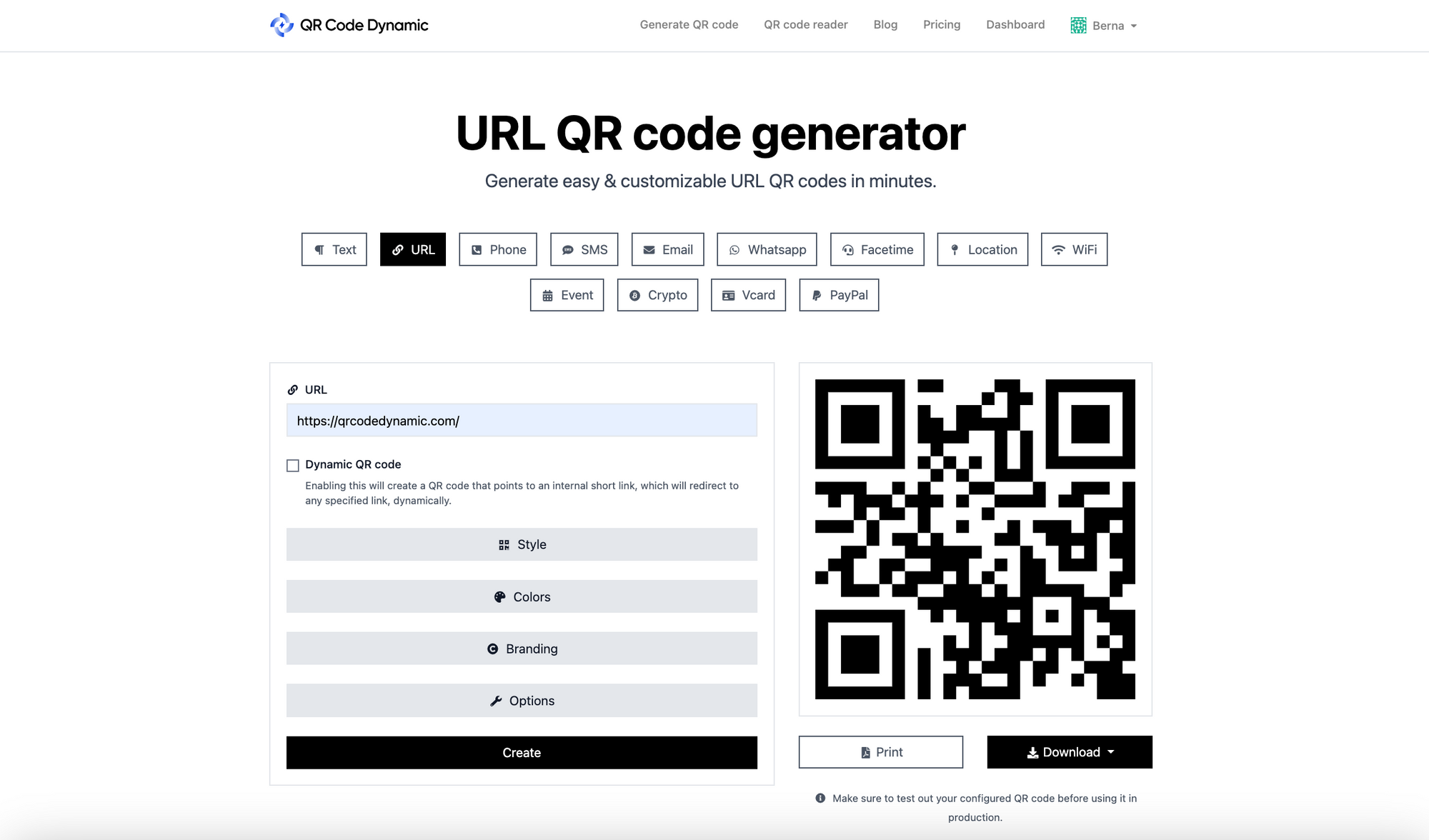Increase Consumer Retention With a Powerful Commitment System
In today's affordable market, improving customer retention is not merely useful yet necessary for continual growth. A well-designed commitment system offers as a critical tool in this undertaking, cultivating significant relationships in between services and their consumers. By comprehending the fundamental components of reliable loyalty programs, companies can customize their techniques to fulfill diverse consumer demands.
Significance of Consumer Retention
Client retention is a cornerstone of lasting company success. It mirrors the capability of a company to maintain its customers pleased and engaged with time, causing repeat acquisitions and long-term productivity. Maintaining existing customers is often more economical than acquiring brand-new ones, as it reduces advertising and marketing costs and cultivates a faithful customer base that promotes for the brand name.

On top of that, high customer retention prices can boost a business's track record out there, bring in brand-new customers through favorable word-of-mouth and recommendations. Services that prioritize customer retention are additionally better positioned to collect useful feedback, allowing them to fine-tune their offerings and address potential concerns proactively. Eventually, effective consumer retention approaches produce a solid foundation for growth, permitting companies to grow in a progressively affordable landscape.
Secret Components of Commitment Programs
A well-designed commitment program serves as an effective tool for boosting consumer retention by offering incentives that urge repeat service. To achieve this, numerous essential parts should be included into the program.
First, a clear framework for incentives is necessary. Customers must conveniently understand just how to earn points or incentives, which can be based upon purchase frequency, investing levels, or particular activities like referrals. This transparency cultivates trust and motivates interaction.
2nd, customization plays a vital duty. Tailoring rewards and communication to private choices boosts customer fulfillment and reinforces relationships. By leveraging data analytics, companies can use targeted promos that reverberate with consumers' passions.
Third, convenience of usage is vital. A seamless sign-up process and an intuitive interface for tracking incentives can substantially enhance client experience. If consumers locate it difficult to browse the program, they might disengage.
Finally, routine communication and updates about the program keep it top-of-mind for customers. Educating them of brand-new incentives, unique deals, or program modifications assists preserve interest and engagement.
Incorporating these parts properly can cause a much more successful loyalty program that significantly enhances consumer retention.
Types of Loyalty Systems
Discovering different kinds of loyalty systems discloses unique methods that businesses can take on to promote client retention. One common kind is the points-based system, where clients earn factors for each purchase, which can later on be redeemed for rewards. This uncomplicated technique incentivizes repeat purchases and maintains clients engaged.

Cashback loyalty programs, where customers receive a percentage of their purchases back as cash or installment plan, are likewise prominent. This design directly rewards spending, creating an immediate incentive for consumers to return.
In addition, subscription-based commitment systems supply clients with special benefits in exchange for a recurring fee. This approach not only makes certain a constant earnings stream yet likewise promotes long-lasting connections with clients who value recurring advantages.
Finally, experiential loyalty programs concentrate on supplying special experiences, such as special events or personalized solutions, enhancing emotional links and brand commitment. Each sort of loyalty system supplies special advantages, allowing organizations to straighten their approaches from this source with client preferences.
Best Practices for Execution
When executing a loyalty system, services ought to prioritize understanding their consumer base to tailor the program properly. Conducting extensive research to determine consumer behaviors, motivations, and preferences is essential. This insight will certainly lead the layout of the loyalty program, guaranteeing it resonates with the target audience.
Next, services must select an appropriate structure for the commitment program. Choices may consist of point-based systems, tiered incentives, or experiential incentives. Choosing a version that aligns with consumer expectations can enhance involvement. Furthermore, simpleness is critical; consumers must conveniently comprehend how to earn and redeem incentives.
Integration with existing systems is another ideal technique. The commitment program must effortlessly get in touch with point-of-sale systems, mobile apps, and customer connection management (CRM) tools to give a natural experience. Reliable communication is important. Organizations must consistently promote the commitment program through numerous channels, ensuring consumers know the benefits.
Last but not least, gathering continuous comments is necessary for continuous renovation. Get client input to adjust and improve the program to changing preferences, eventually promoting long-lasting loyalty and enhancing consumer fulfillment.
Gauging Loyalty Program Success
Efficiently carrying out a commitment program prepares for measuring its effectiveness. To evaluate success, companies should develop clear metrics that line up with their goals. Secret performance indicators (KPIs), such as customer retention prices, ordinary deal value, and frequency of repeat purchases, offer Clicking Here beneficial insights right into program efficiency.
Another crucial step is the redemption rate, which indicates how frequently customers use their benefits. A high redemption price usually shows a program's beauty and relevance to consumers. Furthermore, tracking customer engagement via involvement in special promotions or occasions can expose trends in commitment habits.
Client feedback is likewise crucial; surveys and focus groups can illuminate assumptions of the loyalty program, highlighting areas for enhancement. Furthermore, analyzing client life time worth (CLV) can help measure the economic effect of commitment campaigns.
Applying these dimension techniques permits companies to analyze the program's effectiveness consistently. This data-driven strategy allows informed decisions for optimizing offerings, enhancing customer experiences, and inevitably cultivating much deeper consumer commitment. By consistently assessing these metrics, organizations can ensure their commitment programs develop in tandem with consumer assumptions and market dynamics.
Conclusion
In conclusion, a well-structured loyalty program substantially improves customer retention by promoting solid connections with individualized benefits and effective communication. Carrying out ideal techniques ensures that the program remains easy to use and appropriate, while continual responses assists in ongoing enhancements. Eventually, an effective loyalty system not only boosts consumer satisfaction but likewise drives repeat purchases, establishing a dedicated consumer base that is essential for long-lasting company success and maintained productivity.
Maintaining existing customers is commonly a lot more affordable than getting new ones, as it decreases marketing expenses and promotes a dedicated client base that promotes for the brand.
In addition, high customer retention prices can enhance a company's online reputation in the market, drawing in new customers via positive word-of-mouth and referrals.When implementing a commitment official site system, services need to focus on recognizing their consumer base to customize the program effectively. Companies ought to regularly promote the loyalty program through different channels, making certain consumers are conscious of the advantages.
Eventually, a powerful commitment system not only enhances client complete satisfaction yet likewise drives repeat acquisitions, establishing a dedicated client base that is critical for long-lasting service success and sustained profitability.
Comments on “Why a Loyalty System Is Crucial for Raising Consumer Retention Prices”